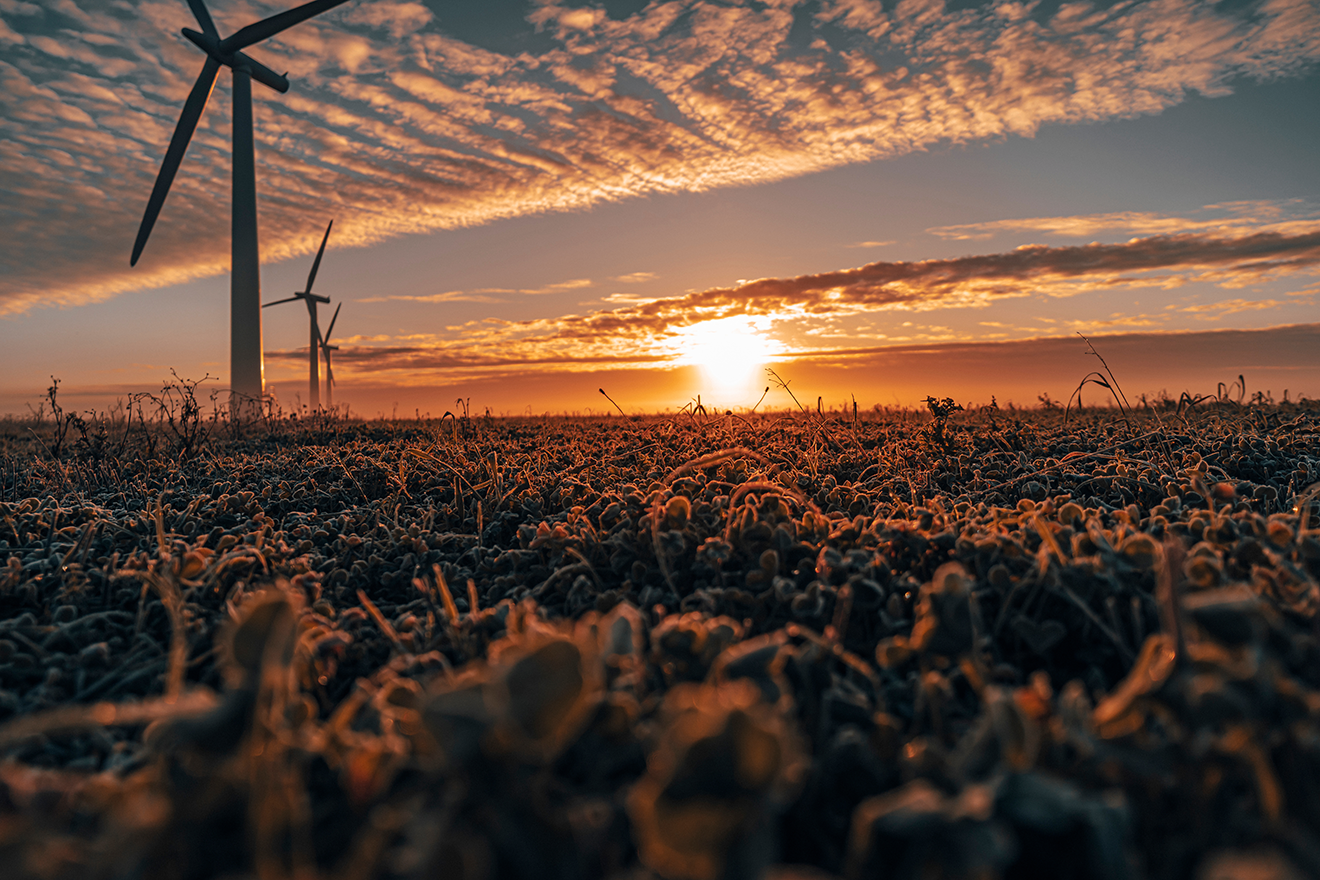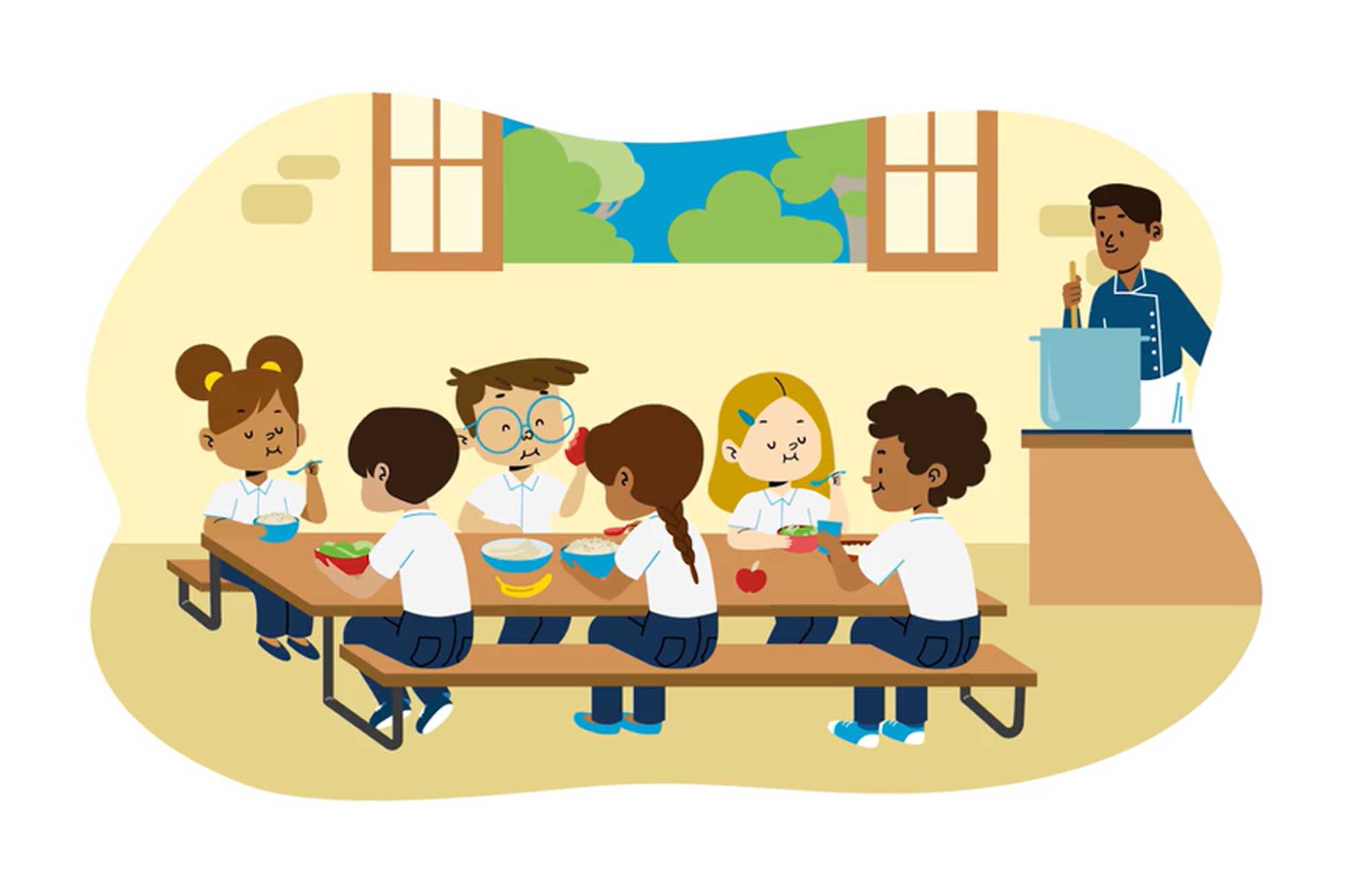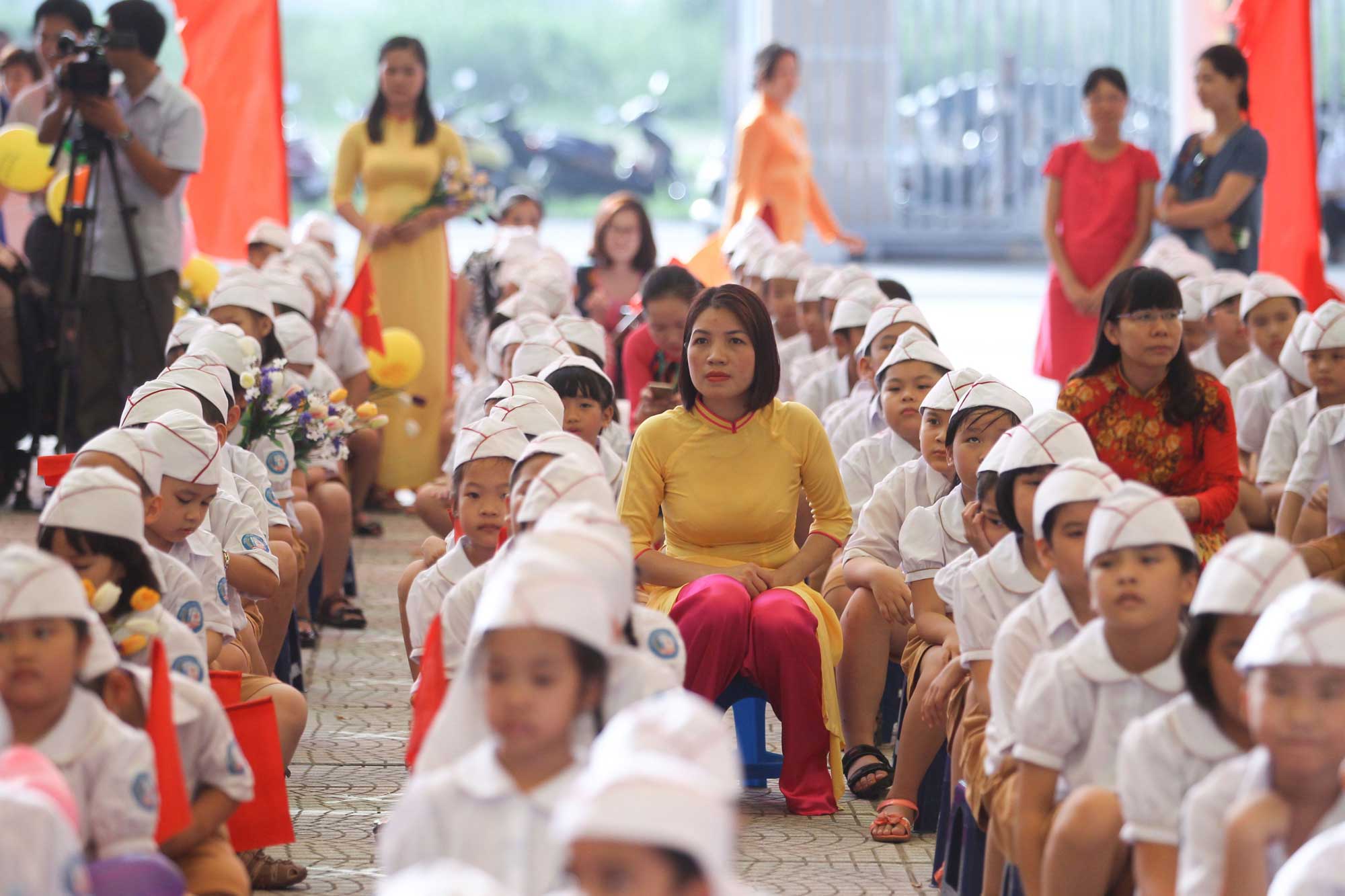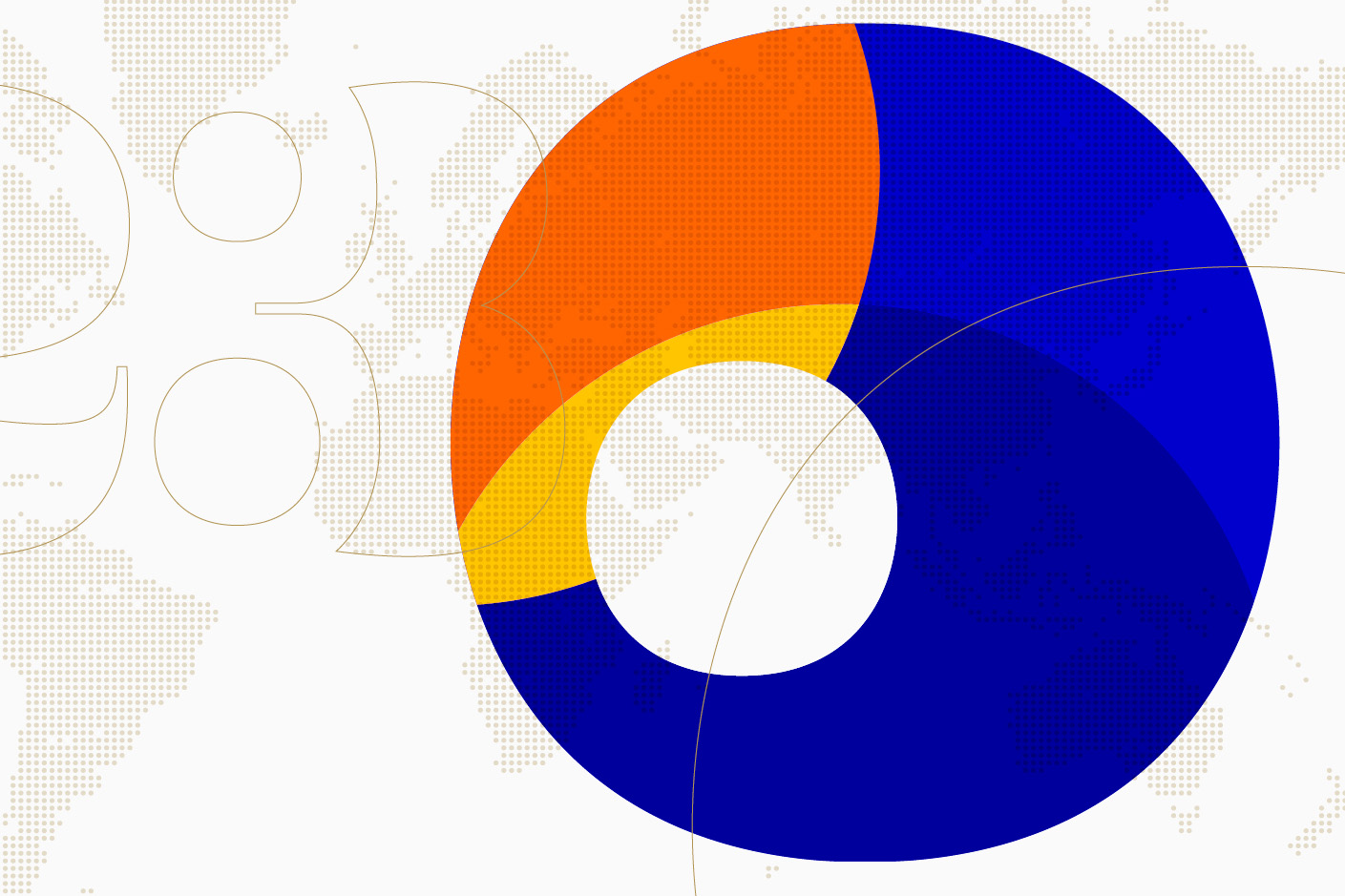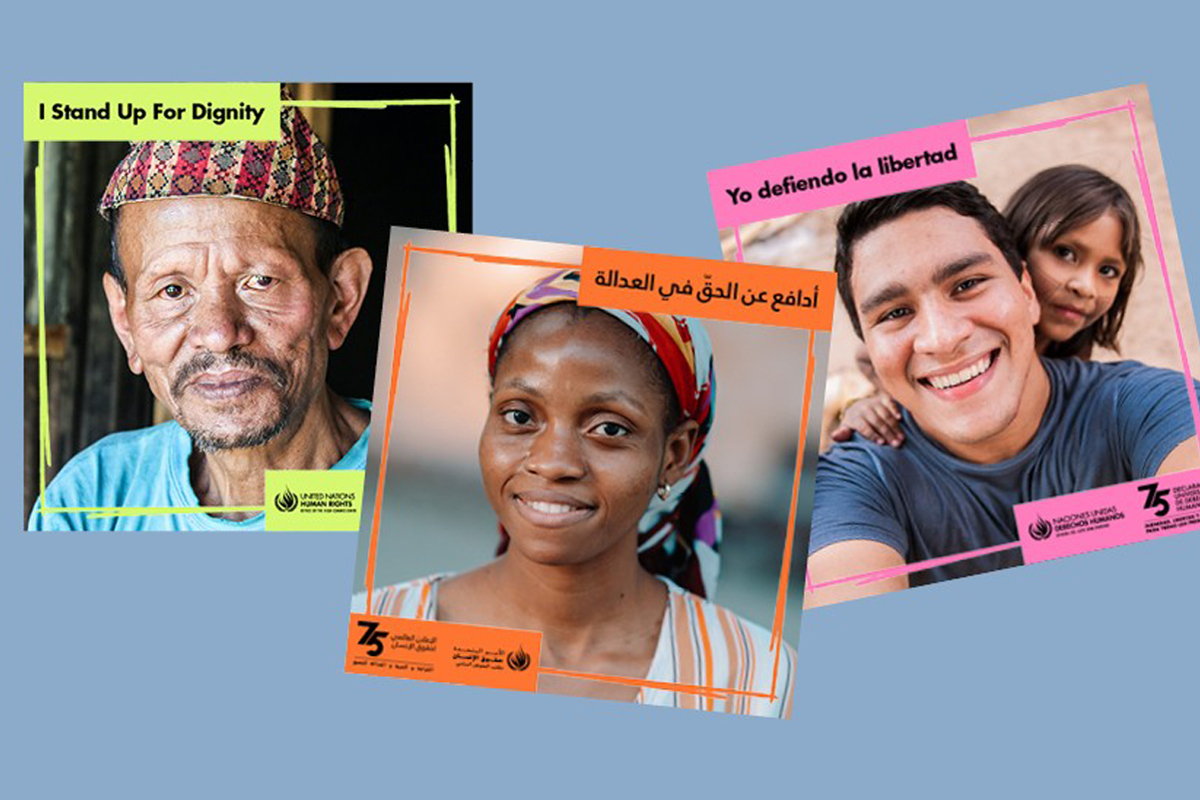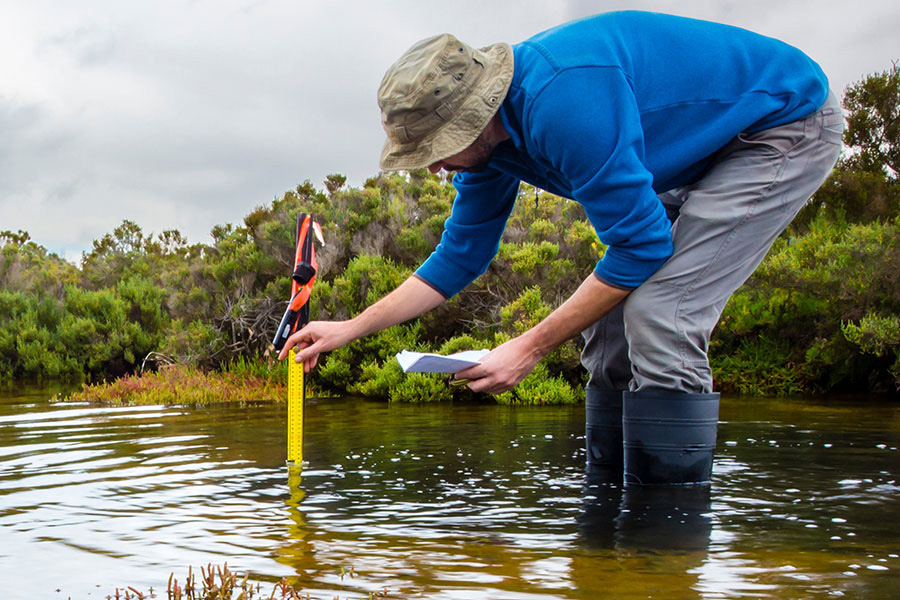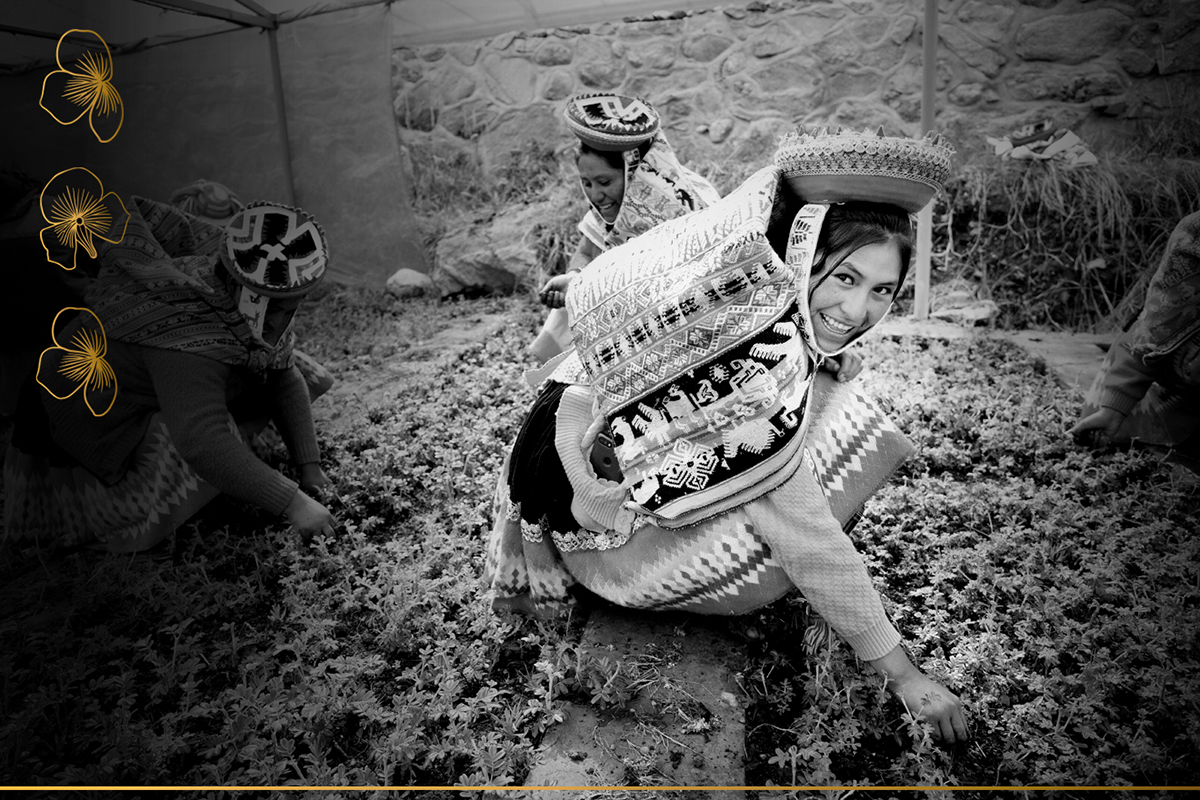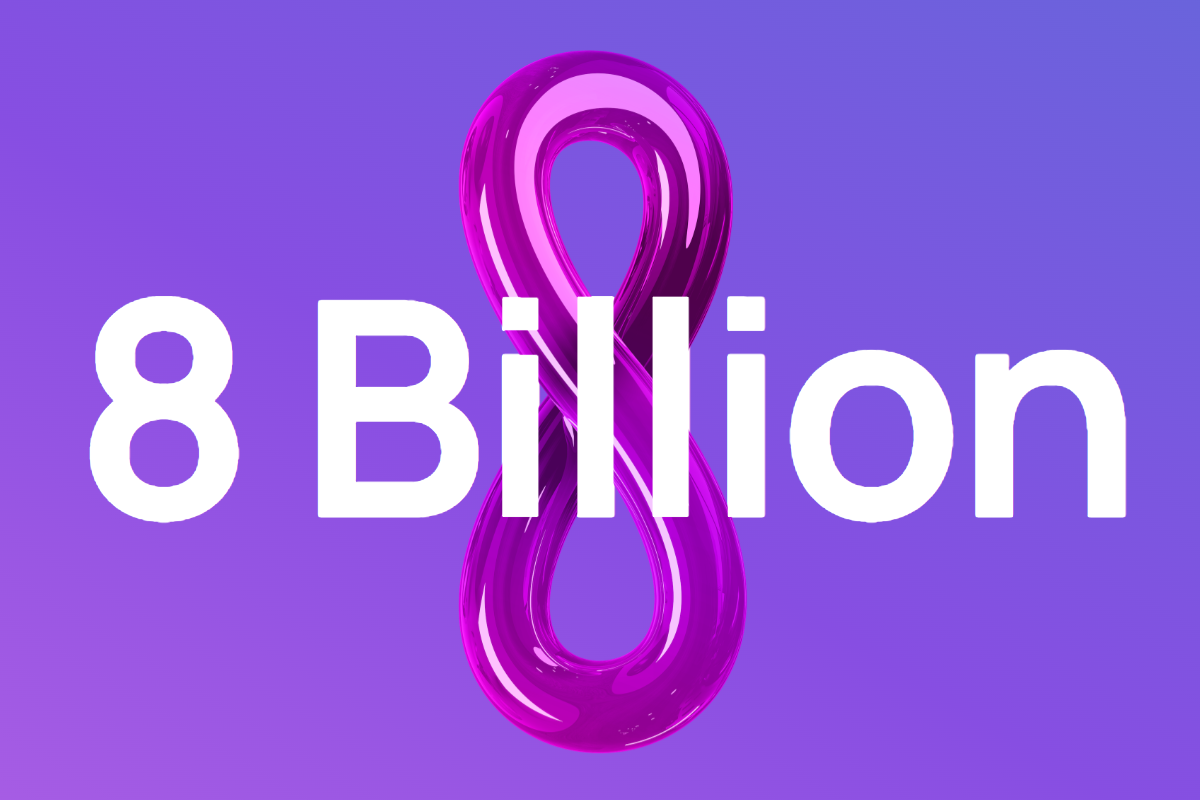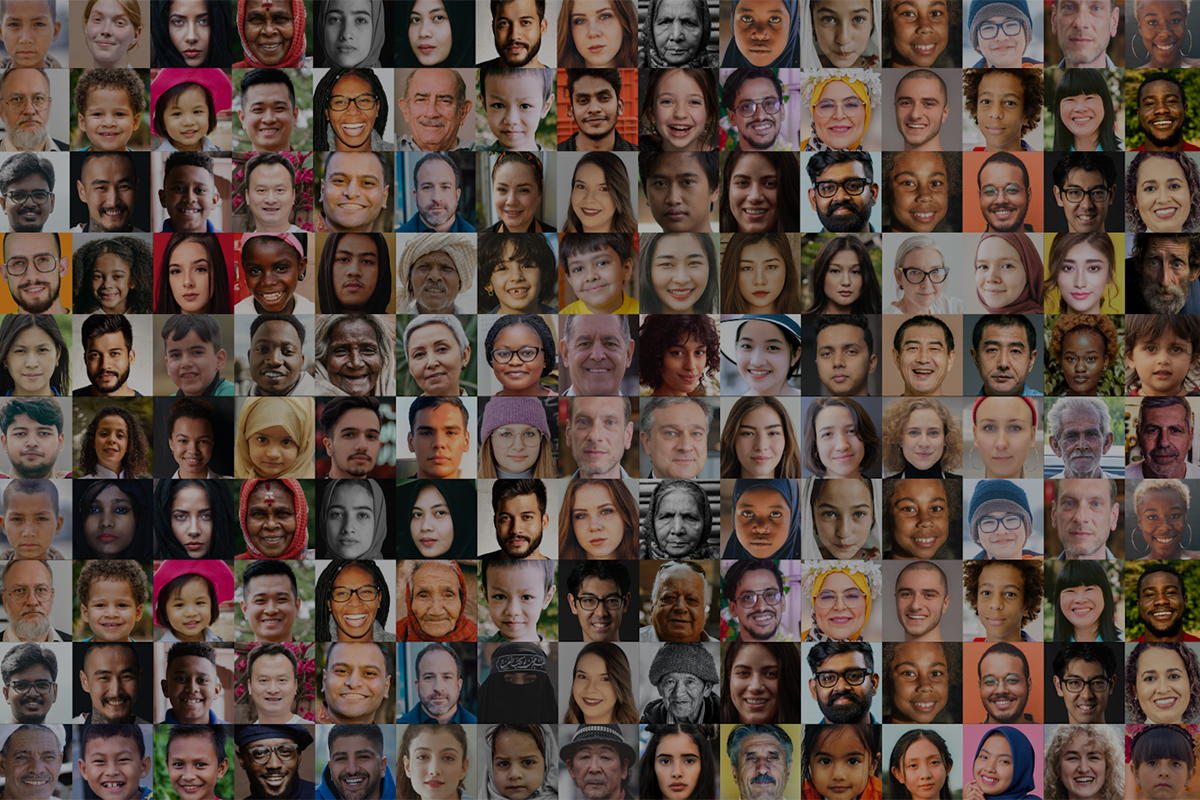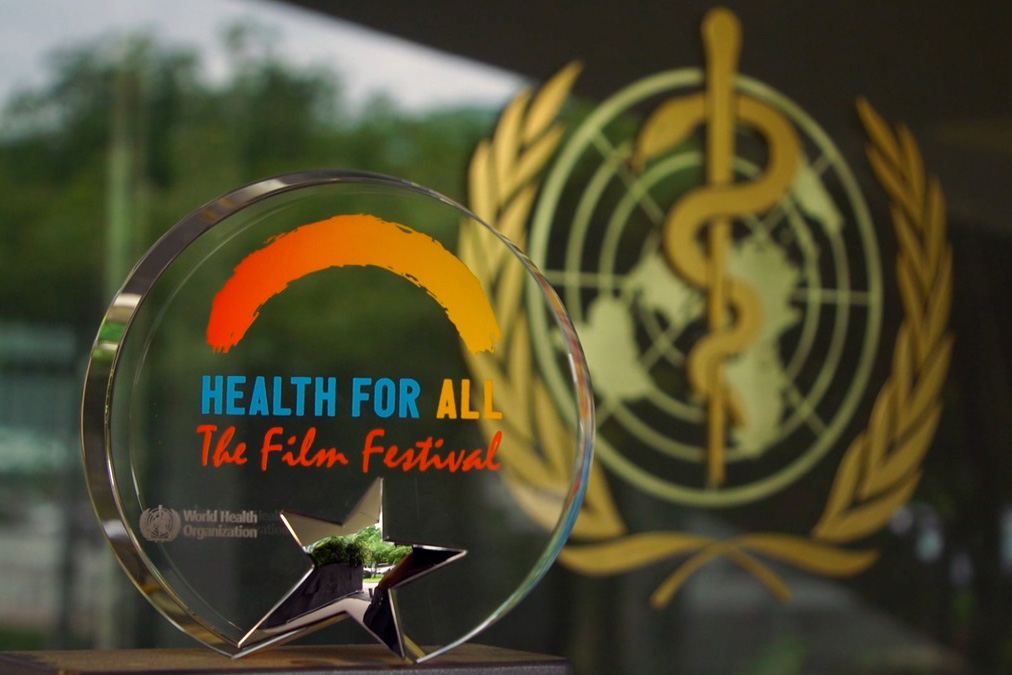Fashion has one of the most powerful marketing engines that influences the identities, values, and actions of billions of people. This, in turn, impacts consumption patterns, a central factor in reducing the sector's climate impact. UNEP and UN Climate Change launched the Sustainable Fashion Communication Playbook, a guide with an interactive version, on how to align consumer-facing communication in the fashion industry with sustainable targets in accordance to the Paris Agreement. Its purpose is to reduce the carbon print and overconsumption, demand action, and inspire sustainable lifestyles.
The 2023 five laureates of the L’Oréal-UNESCO For Women in Science International Awards include women scientists with contributions in the Physical sciences, Mathematics and Computer science.
Can renewable energy power a safer future? Does what we eat matter for climate action? Can our ocean be our greatest ally against climate change? Learn more about how climate change impacts are felt across different sectors and ecosystems, and why we must nurture rather than exploit nature’s resources to advance climate action. Join our UN campaign Act Now and contribute. Every one of us can help limit global warming and take care of our planet.
Globally, 149 million children under the age of 5 are too small for their age, 40 million overweight, many millions suffering from key nutrient deficiencies. Healthy diets are essential. Make healthy eating a habit!
Children from the poorest households benefit the least from national public education funding, UNICEF said in a new report, while calling for additional, more equitable investment to lift millions out of a learning crisis. The report, Transforming Education with Equitable Financing, notes that on average, the poorest quintile of learners benefits from 16% of public funding for education, compared to the richest, who benefit from 28%. Among low-income countries, 11% goes to the poorest learners, while 42% goes to the richest.
A 1% point increase in the allocation of public education resources to the poorest 20% may pull 35 million primary school-aged children out of learning poverty globally, according to the report, which sets out four key recommendations.
COVID-19 has caused unprecedented interruptions to schooling. At the peak, it's estimated that pandemic-related school closures disrupted education for over 1.6 billion children in 188 countries, with the world’s poorest children disproportionately affected. The good news is that we know how to recover. A learning recovery programme can help get students back on their pre-pandemic learning trajectories. In 2022, a joint UNICEF, UNESCO and World Bank report provided an update on what countries are doing for education recovery.
As the largest source of external financing for education in developing countries, the World Bank’s portfolio of over $23 billion aims to improve learning. Over the last 3 years, the Bank’s lending for education has doubled compared to the preceding 10 years. Projects are reaching at least 432 million students and 18 million teachers.
Divya Chaudhry has a clear vision of her future and aspires for a career in science – she is at the top of her class and holds a leadership role in a UNFPA-supported youth health project.
WIPO calls for applicants for the 2023 Global Awards program, seeking small and medium-sized enterprises candidates that use intellectual property (IP)-backed innovation and creativity.
32 destinations from all around the world have been named as ‘Best Tourism Villages 2022’ by UNWTO recognizing rural destinations that are embracing tourism as a driver of development.
On Human Rights Day (10 December), UN Human Rights will launch a year-long campaign to promote and recognise the 75th anniversary of the Universal Declaration of Human Rights (UDHR 75), which will be celebrated on 10 December 2023. The year-long campaign will showcase the UDHR by focusing on its legacy, relevance and activism using the slogan, “Dignity, Freedom, and Justice for All.” The UDHR 75 campaign will promote the universality of human rights and empower everyone, especially young people, to stand up for human rights.
Information gaps impede the understanding of the impact of policies—from measures to incentivize cuts in emissions, to regulations that reduce risks and boost resilience to climate shocks. Without comprehensive and comparable data to monitor progress, it’s impossible to know what works, and where course corrections are needed. This underscores the importance of the new IMF Data Gaps Initiative to make statistics more detailed, and timely. Energy is the sector needing change the most. It is the largest contributor to greenhouse gas emissions, around three-quarters of the total.
The UN Environment Programme (UNEP) has announced its 2022 Champions of the Earth, honouring a conservationist, an enterprise, an economist, a women’s rights activist, and a wildlife biologist for their transformative action to prevent, halt and reverse ecosystem degradation. Get to know all of them! Since its inception in 2005, the annual Champions of the Earth award has been awarded to trailblazers at the forefront of efforts to protect our natural world. It is the UN’s highest environmental honour. This year the organization received a record 2,200 nominations.
On 15 November, the world will mark a major milestone as the world population reaches 8 billion. UNFPA explains the eight trends that makes us 8 billion strong: slowing growth, fewer children, longer lives, people on the move, ageing populations, women outliving men, two pandemics and shifting centres. Let our challenge be to do more than exist – let us dare to thrive. And not just a privileged few but as many people as possible. Turn the 8 on its side, and you see the symbol for infinity, so that a world of 8 billion could mean a world of infinite possibilities.
On 15 November 2022, the world’s population is projected to reach 8 billion people, a milestone in human development. This unprecedented growth is due to the gradual increase in human lifespan owing to improvements in public health, nutrition, personal hygiene and medicine. It is also the result of high and persistent levels of fertility in some countries. The Day of 8 Billion is an occasion to celebrate our diversity and advancements while considering our shared responsibility for the planet. Visit UNFPA to view the World Population Clock and to learn about being #8BillionStrong.
WHO calls for short films for the 4th edition of the Health for All Film Festival, recruiting year after year a new generation of film and video innovators to champion and promote health issues.



